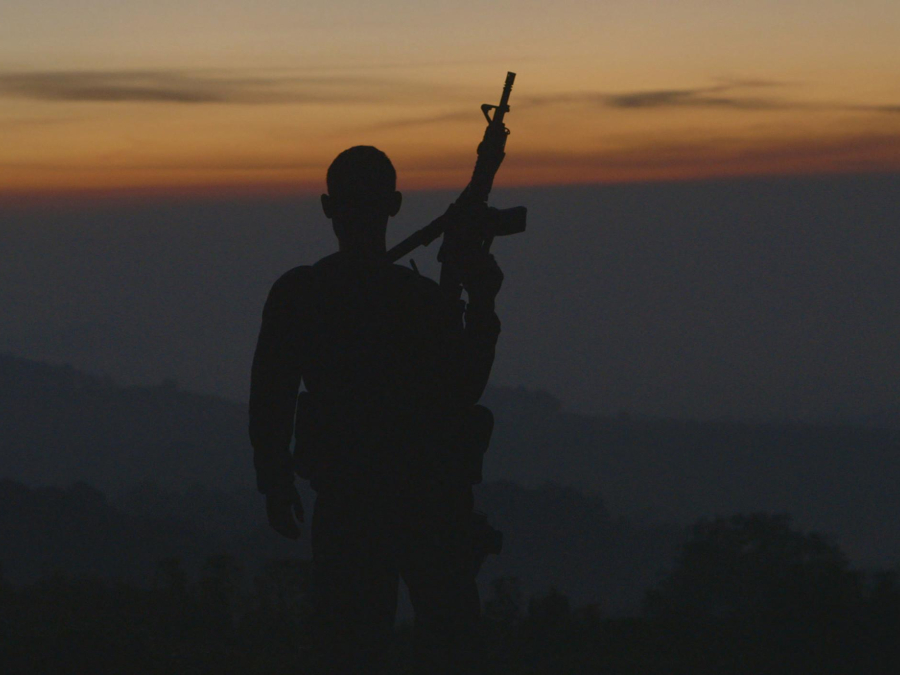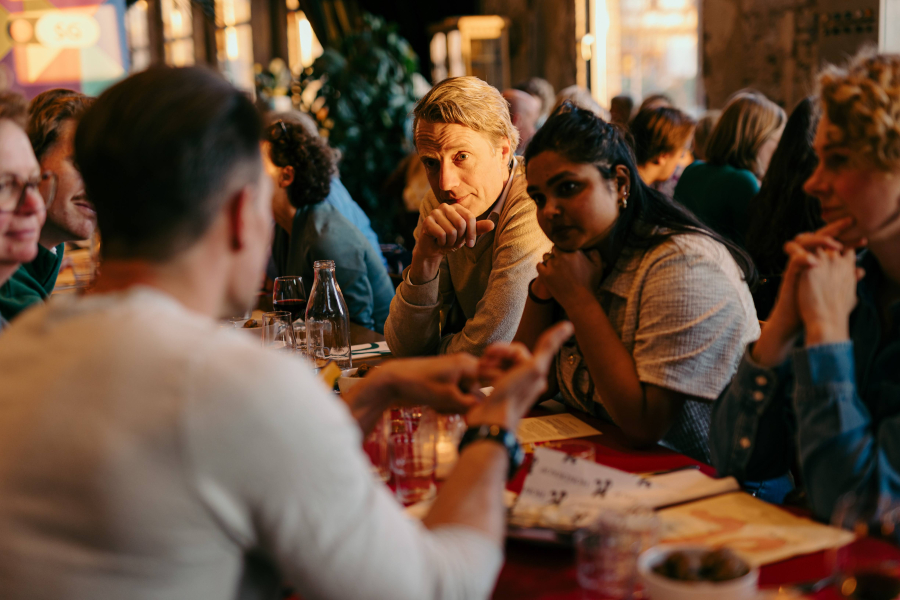How to get a dictator behind bars

"When dictators commit atrocities, they depend upon the world to look the other way until those horrifying pictures fade away." This is what president Barack Obama said after the chemical attacks on Syrian civilians, carried out by the regime of Bashar al-Assad three years ago. It is what Assad still depends upon today, as he continues to bomb hospitals in Aleppo. Unfortunately, the world ís looking away. Due to geopolitical power games, the West is standing back. A military intervention is unrealistic and many journalists have long left the country. The people that remain are those working for international and local non-governmental organizations, meticulously documenting the atrocities. In the lecture series Movies &: Science: In the line of fire we watched The E-team, a documentary that gives us an expert look at human rights work in Syria and Libya. It is a death-defying job and extreme patience is needed to see results.
The film opens in 2013 just after cluster bombs dropped from Syrian airplanes killed around 200 civilians, including babies and children. On the scene are two Emergency-team members, Anna Neistat and Ole Solvang, writing down testimonies of frightened Syrian villagers. In the background we hear the nerve-rattling sound of planes flying by and explosions. Later we visit a woman whose three sons have been executed by Assads men, she has no idea why. Again, Anna and Ole listen intently and take her statement. "What's the point of talking, what's the point of writing?" the woman asks the camera while tears fill her eyes.
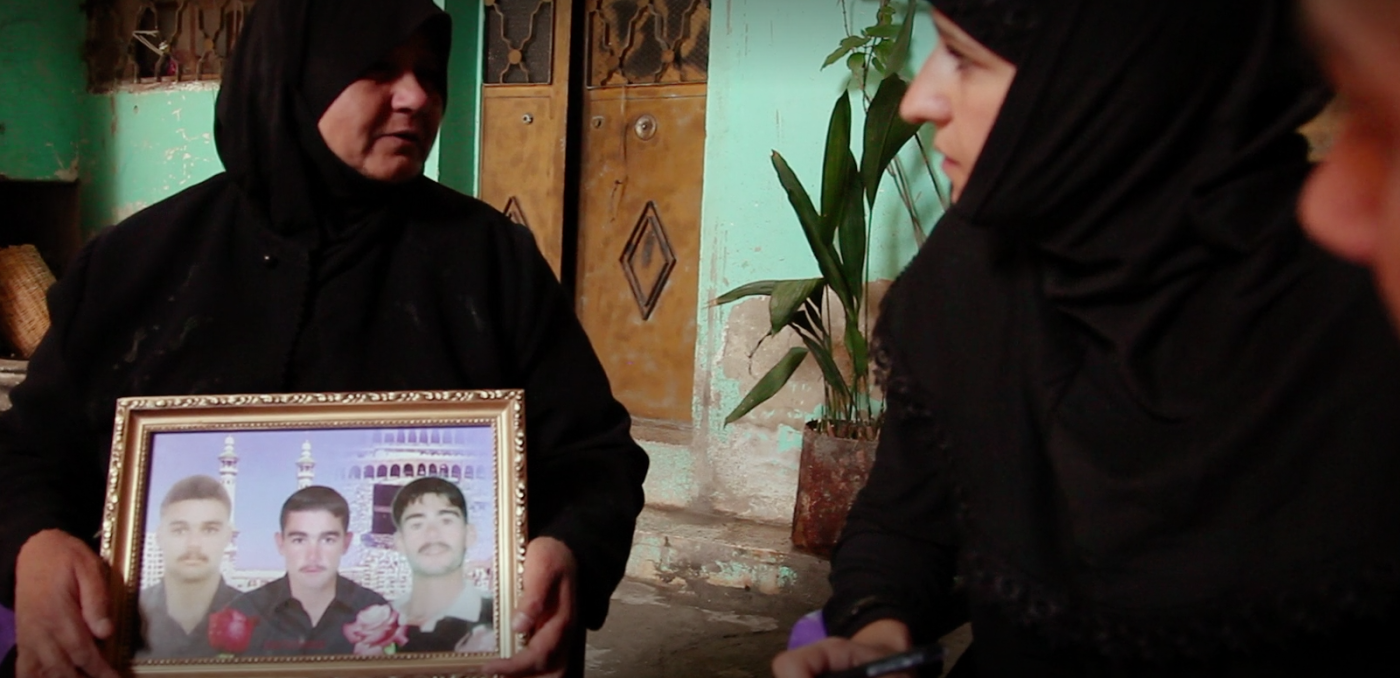
The point of all this talking and writing becomes apparent when one of the veterans of the E-team, Fred Abrahams, faces off with the man he had been tracking for 10 years: Slobodan Milošević. They meet in the the Yugoslav War Crimes Tribunal in The Hague. Fred is an expert witness for the prosecution, he tells the jury what he saw in 1998 in a small village in Kosovo. Houses on fire, refugees coming out, and ten dead bodies in a gully. The pictures he took of a small Albanian child killed by Serbs and the statements he gathered from villagers, were part of the evidence that got Milošević convicted. The former president of Serbia was charged with war crimes including genocide and crimes against humanity in connection to the wars in Bosnia, Croatia, and Kosovo.
In Libya, Fred works together with Peter Bouckaert, a weapons specialist. They visit a human slaughter house, photographing the charred bodies and mass graves of the dead. They talk to a survivor, rummage through rooms that are covered in blood, looking for evidence. Bouckaert finds a list with names of soldiers who took part in the massacre, and smiles triumphantly: "It may seem silly and time consuming but that's how you get these guys." It seems too good to be true…
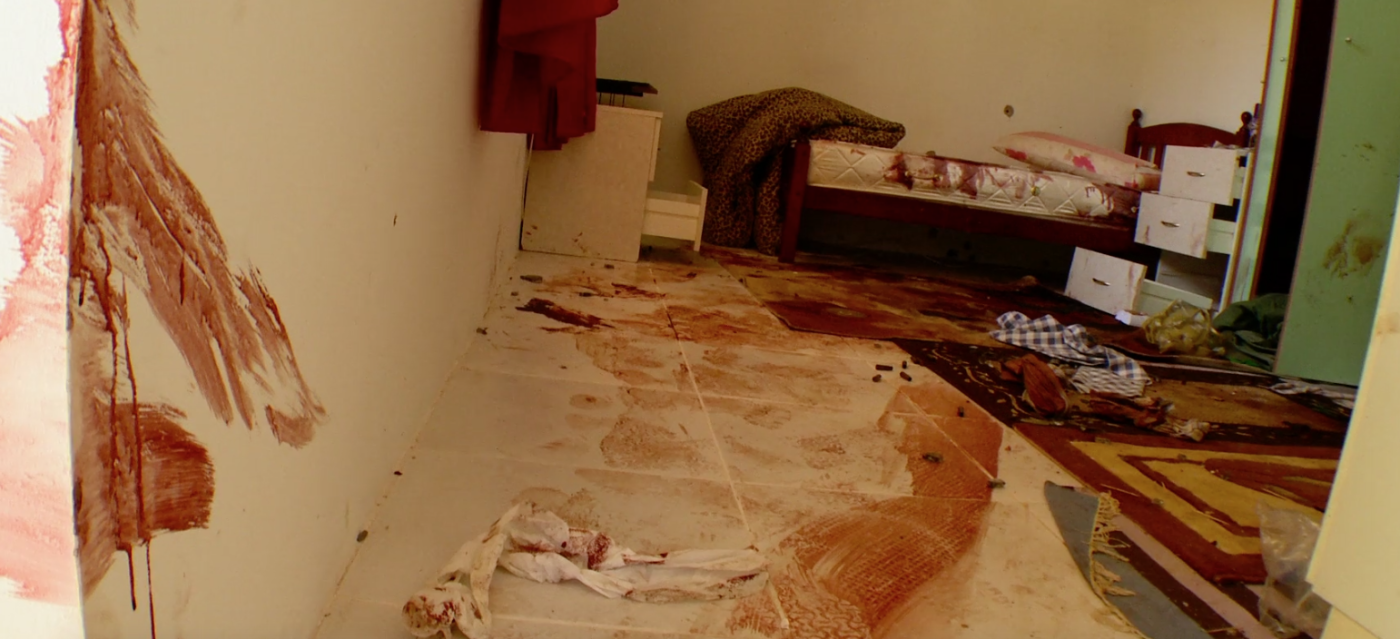
"You would be shocked at the documents that are left behind when people have to leave in a hurry and can't destroy everything" says dr. Brianne McGonigle Leyh (Human Rights, UU) about this scene. She is a lawyer who did work 'on the ground' in Libya, Ivory Coast and Cambodia. "In Cambodia the documents that were found turned out to be very damaging to the Khmer Rouge leaders that were prosecuted. Such as notations about torturing specific prisoners." It's never enough for a conviction, but it certainly helps to build a case.
McGonigle explains that building a case is not easy, that the trials are long and very tedious. "It's a lot of information to process, because you're not just showing that crimes were committed but you also have to link that to an individual. When that is someone in Assad's position, so far removed, it is difficult. Through inside witnesses, victim and defector statements you build a case that goes up the ranks."
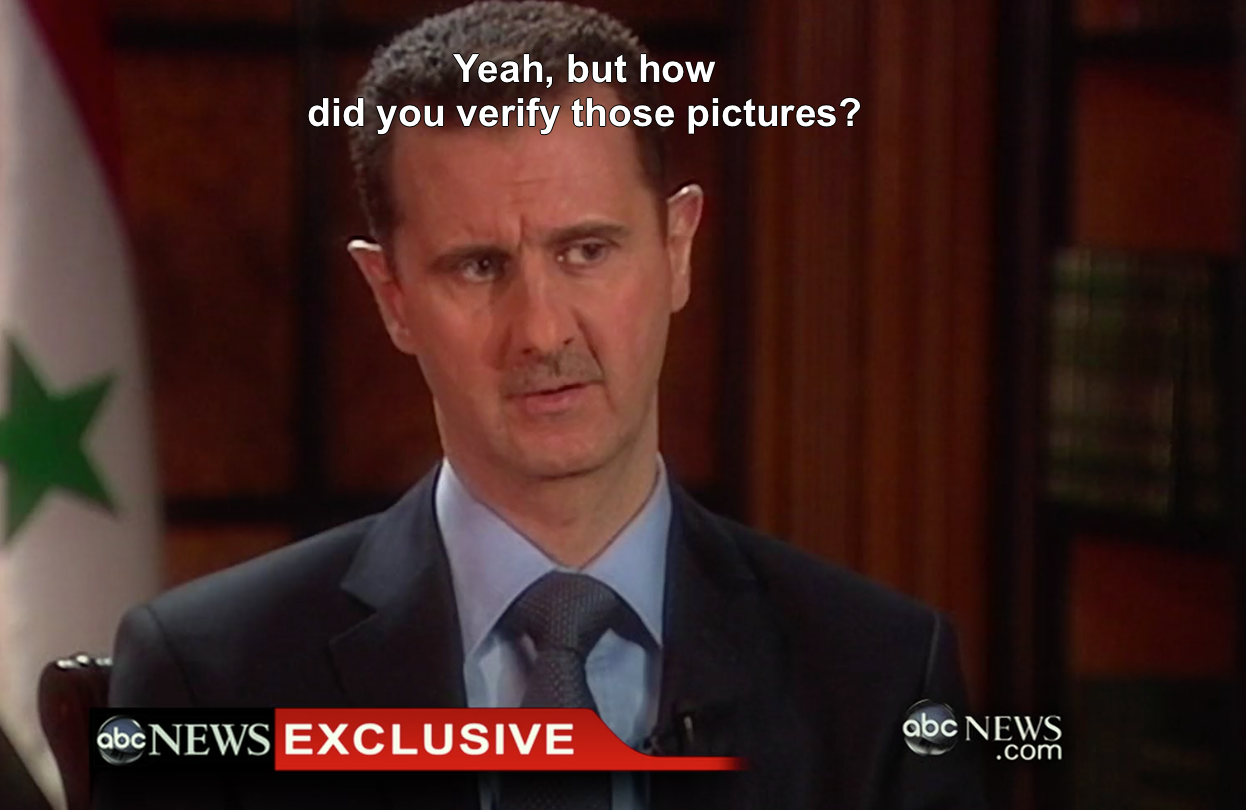
The great results Human Rights Watch had with their documentation efforts in the past, have not gone unnoticed. Other NGO's have seen it, governments have seen it and funders too. A lot of money has been put into the professionalization and standardisation of documentation work, especially in the last five years. Open source tools and documents have been developed.
Why open source? Because besides the members of the E-team, who do amazing work in foreign countries, most of the documenting is done by local NGO's and individuals. Also, crimes can happen anywhere at any time. McGonigle: "I often ask my students if crimes started here in Utrecht and you have your smartphone would you know what to do? How to record it, what is the best angle, how to save it or how and where to upload it, and how to protect yourself?".
There is an app called eyeWitness to atrocities that allows you to safely upload photos and videos to the cloud, so that you can delete them from your phone. There is The Video as Evidence Field Guide that helps film makers use videos to expose abuse and bring about justice. Amnesty International made digital verification tools that are so high-tech that major newspapers and governments are using it to check whether photos or videos are real. Mcgonigle herself works for the an NGO called the Public International Law and Policy Group. Together with colleagues she published a field guide: Handbook on Civil Society Documentation of Serious Human Rights Violations (.pdf)
What we see in The E-Team is horrible. The situation in Libya has hardly progressed and in Syria it's only getting worse. It's easy to become cynical, thinking that the violence is endless. But it's promising to see that both the people working for the NGO's and those who are stuck in conflict areas keep fighting and do not give up. That is the only way to make sure Assad will see his day in court.
You can watch The E-Team on Netflix.

